At Topsec Cloud Solutions, we’ve been pioneering cloud-based email and web security for more than two decades.
Our journey began in 2002. Since then, we’ve become a leading force in providing top-tier managed security services.
Benefits of working with Topsec Cloud solutions:
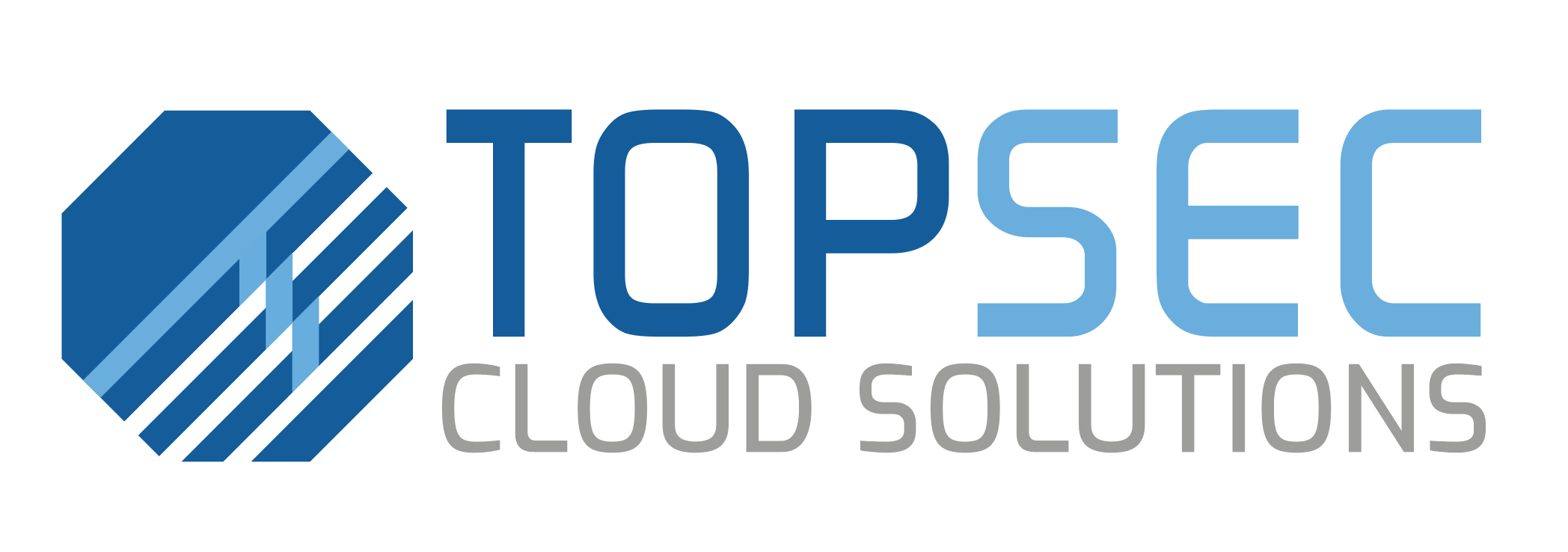
Schedule a Free Consultation
Protect your online brand reputation with Topsec DMARC protection.
Home » Our Services » Managed DMARC Protection
Our DMARC Protection is a robust email security solution against hackers misusing your domain
Domain-Based Message Authentication Reporting, more often known as DMARC, is an email security protocol that checks if the email sent to you is sent by the authentic owner of that email address or not.
It is based on the Domain Naming System (DNS) practise and utilises the open protocols of SPF and DKIM to verify the email sender’s authenticity. The DNS serves as a naming database that helps verify Internet domain names according to their corresponding Internet Protocol (IP) addresses.
The email you receive is cross-checked through the DNS system to ensure the sender’s IP address and internet domain names are aligned.
When DMARC notices a difference between the email sender and the actual email address, it will automatically initiate a process that notifies the email receiver about the doubtful mail.
The email security system will also provide a report to the original email address holder to verify whether they sent the mail or if anyone else is misusing it.
DMARC helps companies maintain brand trust among each other by diminishing the threat carried by non-validated and fraudulent emails.


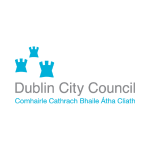


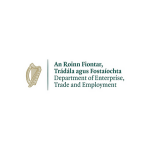
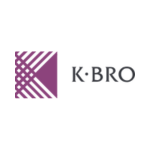
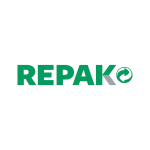



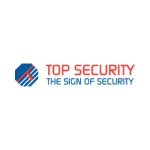


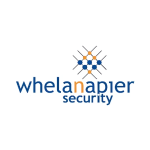
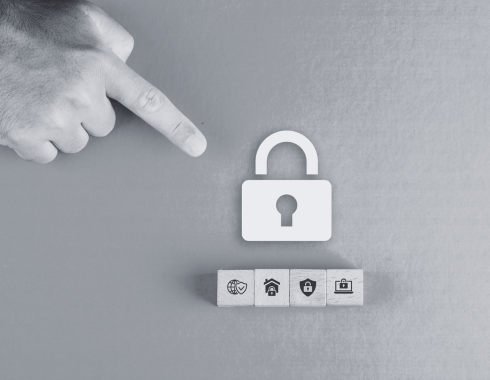



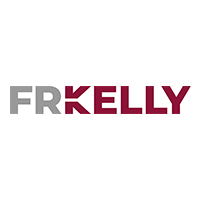
DMARC protocol protects the brand name from being misused by cybercriminals for malicious email activities by filtering out fake email domains.
DMARC helps organisations keep track of all third parties who send emails on their behalf to ensure compliance with security best practices.
DMARC email detection prevents organisations’ domains from being used for spoofing attacks by spammers. We at TopSec use SPF and DKIM in combination with DMARC to achieve this.
Email enhancements define DMARC as it ensures that emails sent by a specific company are authentic, thus increasing the chances of the emails reaching inboxes and reducing the possibility of them being marked as spam.
DMARC reporting system provides detailed reports on how email domains are used across the internet, helping organisations optimise their email communications.
As your business grows or experiences fluctuations in email usage, Topsec can easily scale its solution to match your requirements, ensuring you have the necessary resources to maintain uninterrupted email communication.
DMARC helps deal with security threats such as spam, phishing, and spoofing, with receiving email systems being told what to do when they receive unvalidated emails and mailbox providers rejecting unauthenticated emails.
DMARC’s email verification helps understand different statuses of email addresses. It automatically excludes sending emails to addresses with low chances of email being delivered.
DMARC’s email authentication helps create a reliable database that only accepts a valid email address, increasing the chances of reaching recipients.
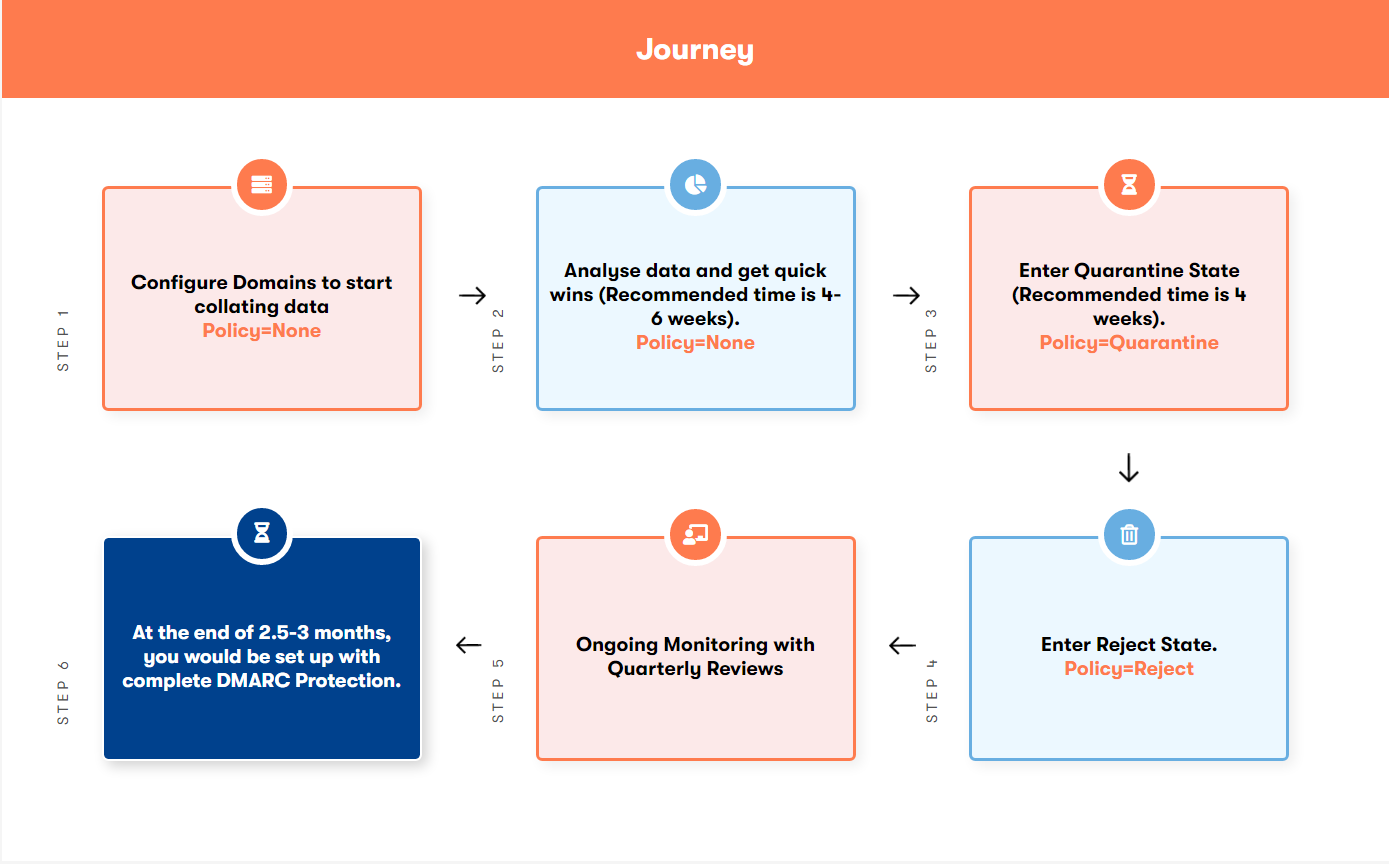

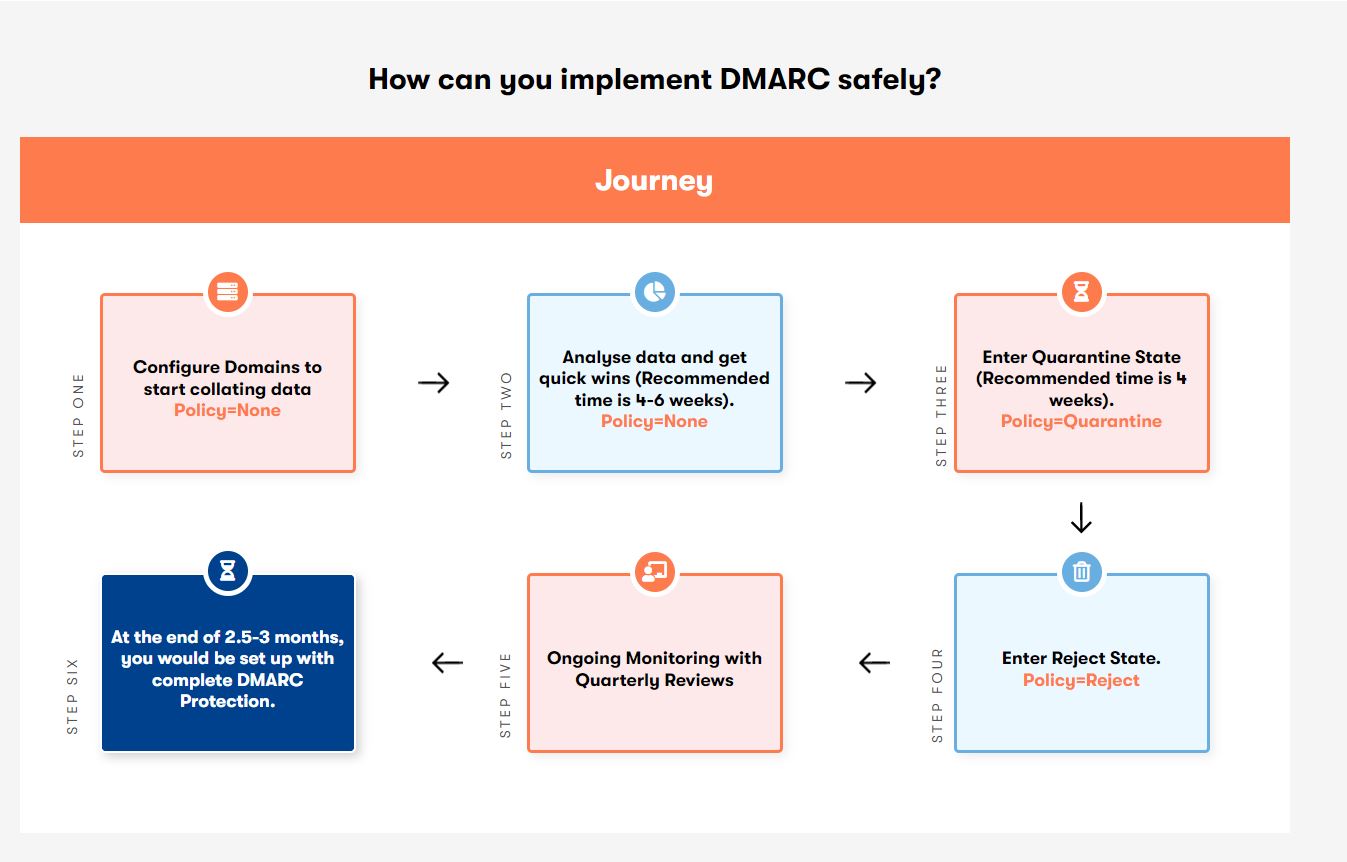
We set up an introductory DMARC call with you to map out the journey and ensure we are on the same page with all your DMARC requirements. We then set up your Domain(s) on our DMARC Platform.
We Provide to you the DMARC record that needs to be put in place in the Zone file(s) of the domain(s) which will be part of the project. From the outset the DMARC record we provide will be in a state of policy “None”. At this point we simply want to gather and observe the data coming back via reports from 3rd parties that receive email from your domain. We do enforce a strict Reject policy as this would negatively affect legitimate systems sending email on your behalf.
Once the DMARC records are in place reports will start to come through to our system. This happens by virtue of the 2 email addresses contained with the DMARC record we provided. Third party systems receiving email from your domain will lookup and see your DMARC record and send reports to those email addresses.
After a six week period the project will begin. We go through the data findings with the customer and begin the process of getting authorised and legitimate senders of email using the customers domain to a state of compliancy.
Topsec’s DMARC Protection is crucial for businesses and IT professionals to promptly detect and secure email security concerns.
DMARC is an email authentication method that recognises unapproved domain usage and disables the transmission of any unauthenticated mail.
Topsec DMARC Protection domain scanner assesses the primary email security protocols (DMARC, SPF, DKIM, and BIMI) and suggests improvements.
Successful deployments and customer references in diverse industries and use cases.
Fast and responsive support and incident management processes.
Topsec manages your entire DMARC process for you so you can focus on your business needs.
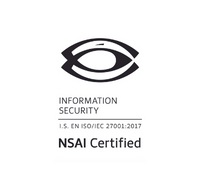
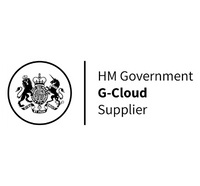
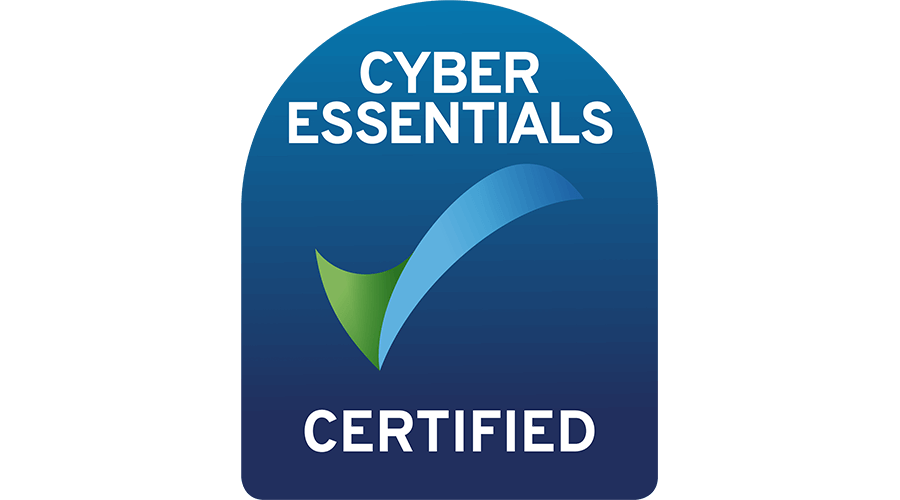
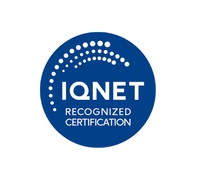
DMARC is an email authentication protocol that safeguards against email phishing and spoofing attacks. This helps the recipient’s email service provider check if the message is authorised when sent from the domain. If the email is not verified, the recipient’s service provider may block or quarantine the email based on the domain owner’s DMARC policy.
A DMARC record comprises a Host/Name (like _dmarc.mxtoolbox.com) and tag-value pairs. A tag is a code, such as “p=” for policy, and the value is what informs the receiving mail server on what actions to take, like “none.”
This is how a DMARC record looks like:
(add a picture of DMARC user interface)
DMARC uses DNS, DKIM, and SPF protocols to confirm the identity of email senders. It was created to prevent the threat of domain spoofing, which is when attackers use a company’s domain to pretend to be its employees.
DMARC is an important tool that checks if an email is really from the person or company it claims to be from. The major benefits of DMARC email security are that it protects against preventing spam, phishing attacks, and other email security risks.
DMARC needs to verify information from both SPF and DKIM to confirm the authenticity of an email. DMARC can still approve the email if one method fails but the other one succeeds. However, DMARC not only requires SPF or DKIM to pass, but it also needs the domains used in these protocols to match the domain mentioned in the “From” address.
